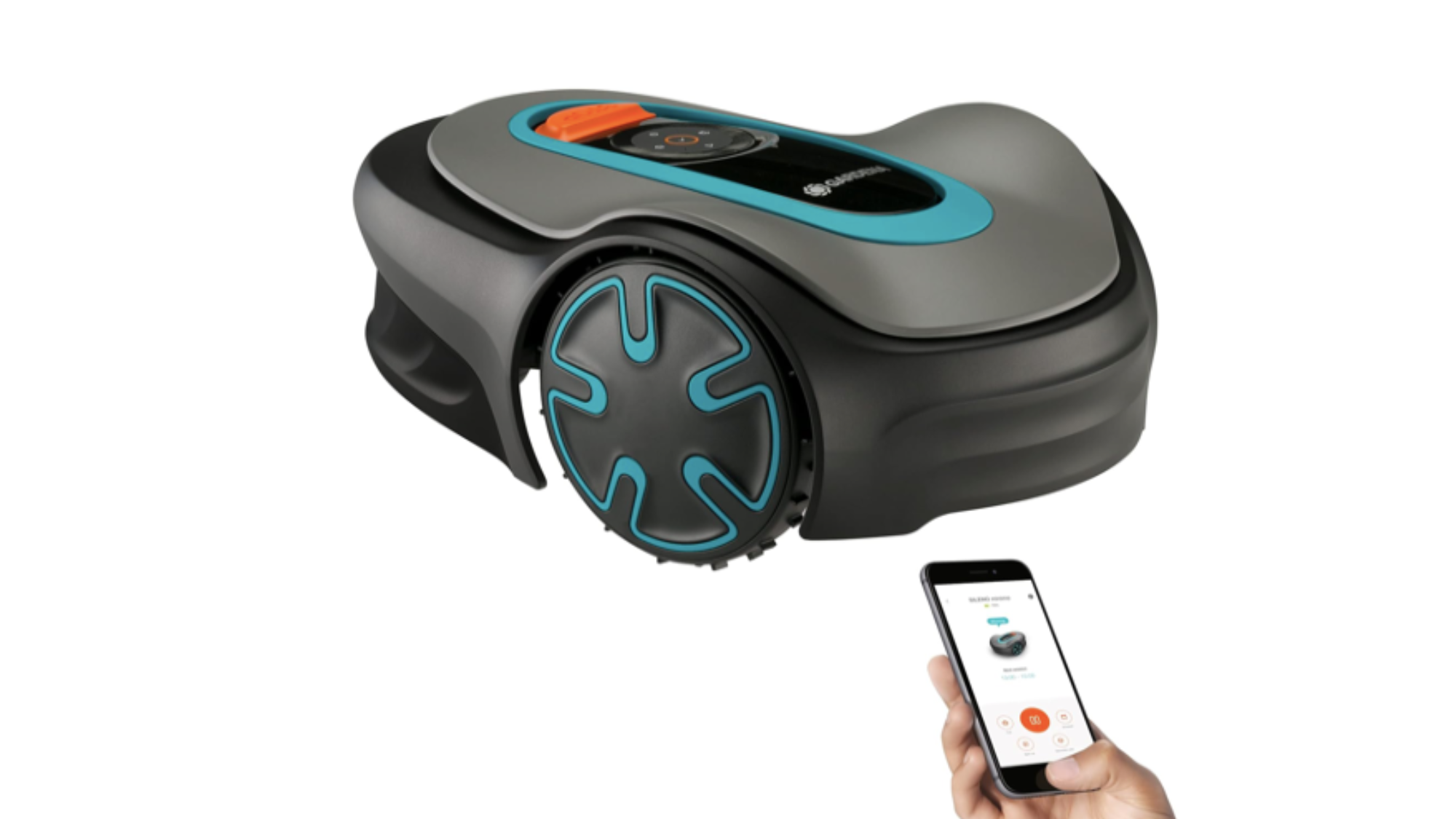
Brand: Gardena
Power source: Battery powered
Material: Polypropylene
Color: Gray
Weight: 27lbs
Cutting width: 6.2"
Operation mode: Automatic
Dimensions: 20.4" x 13.38" x 8.66"
Price: $649.99
The GARDENA SILENO Minimo Automatic Robotic Lawn Mower is a highly intelligent machine that automatically mows yards up to 2,700 square feet and even charges itself. It uses bluetooth connectivity to auto-schedule your cutting, and is precise and quiet, even powering on through the rain. The boundary wire ensures the mower only covers the specified areas, while collision sensors reduce the risk of damage or accidents.
For
- Easy set up
- Quiet (60dB)
- Bluetooth controlled
- Mows slopes up to 35% gradient
Against
- App connectivity temperamental
- Wire boundary takes while to set up
- No WiFi
- No app notifications

Brand: Greenworks
Power source: Battery powered
Material: Stainless Steel
Color: Green and black
Weight: 70.6lbs
Cutting width: 25"
Operation mode: Automatic
Dimensions: 53.54" x 27.56" x 45.28"
Price: $579.99
The Greenworks 80V 25" Self-Propelled Lawn Mower has a 3 in 1 design that allows you to mulch, rear bag or side discharge grass clippings. It's cordless and comes with a brushless motor for quiet operation. The self-propelled rear wheel drive can be easily adjusted to your stride. It has an impressive battery life and smart design, however bizarrely the battery and charger are not included.
For
- Powerful
- Long battery life
- Cordless
Against
- Charger not included
- Battery not included
- Self propel feature difficult to use
If you want lush, dense grass you need to mow the lawn regularly, but which is better: robot versus push lawn mower?
With so many different types available, from the best robot lawn mowers to the best electric lawn mowers and best gas lawn mowers, choosing the right cutting machine for you can feel tricky. To help you, this guide compares two bestselling types of mower, and explains the difference between robot and push lawn (traditional) mowers.

While all mowers essentially do the same thing - cut grass - some are superior to others with smart features and multiple uses, but that might mean paying more to get the job done for less effort.
"Traditional lawn mowers were once ubiquitous and are still commonly used around the world," Lucie Bradley, gardening expert at Two Wests & Elliott told Top Ten Reviews. "However, push and riding mowers are getting upstaged by their robot counterparts due to the new breadth of features and lack of manual labour."
Should you buy a robot lawn mower? They certainly offer a host of features that push mowers don't have, and if you want to know the difference between a robot and a push one, we've looked at the design, features, performance and price of both. Keep reading to find out which machine is best for you.
Robot vs push lawn mowers: What's the difference?
Gardening expert Adam Payne from nicenstripy told Top Ten Reviews: "A robot mower is an ‘autonomous’ lawn cutting machine that can be configured to automatically mow a lawn or grassed area with minimal human intervention.
"Conventional, or push lawn mowers are fully operated by a human, who will control the speed and direction of the mower. The grass is cut by a rotating blade underneath and collected in a box at the back of the mower which will need to be emptied when full.
"Some conventional mowers have a ‘mulching’ feature where grass is cut very finely and deposited back onto the lawn, similar to how the robot lawn mower manages the cuttings."
Robot vs push lawn mowers: Design
Design-wise, robot mowers are compact and move on their own, while push mowers are traditionally larger and require manual effort.
Robot mowers tend to be lightweight and are smart machines that use advanced sensors and algorithms to navigate the space, but they work slowly and cut in random patterns. So if you're a big fan of the striped grass look, they may not be a good choice.
Robot lawn mowers are appealing to busy people who don't have time or inclination to cut the grass. They can be programmed to cut when and where you want, making it a convenient choice for those on the go. They are also safe and secure to operate around children and pets, says gardening expert Adam.

Adam Payne is the owner of nicenstripy in North Wiltshire, England. He is a gardening guru and an expert in all things lawns and landscapes with over 15 years experience.
And while robot mowers can navigate slopes and hills, often up to a 35% gradient, most aren't designed to get out of holes, so if you have a dog that loves digging in your yard, this could be too much for many robot mowers to handle.
Hand-propelled push or traditional lawn mowers are designed to be manually operated. This involves more effort, time and energy, but on the plus side you can create gloriously uniform stripes in the grass. They are bigger than robot mowers, and heavier, meaning they are more likely to compact the soil during use. They also need more lawn mower maintenance.

Verdict: If you want a convenient cutting machine that takes the hard work out of mowing, then a robot mower like the Husqvarna or Worx is your best bet. They are both automated but technical expertise is required to set up and configure the mowers, warns Adam.
However if you prefer being more in control, and getting a consistent striped finish and neat lawn edge, a push lawn mower is a sound investment.
Robot vs push lawn mowers: Features
When it comes to features, Adam told Top Ten Reviews: "Robot mowers will range depending on the cost of the machine, but typically they will operate within a predefined area configured with a boundary, and work in a random pattern until the program has been completed."
Robot mowers like the Gardena Sileno Minimo (Amazon) use smartphone apps that make it easy to control and change processes on demand.
Adam explains that frequently cutting a short amount of grass improves lawn health, as grass clippings are a natural source of nutrients that leaves you needing less fertilizer. Plus, robot mowers are relatively quiet and cheap to operate, and also have various safety features that prevent them from running into obstacles, pets, or people. They also have collision sensors that help them navigate the space quickly and accurately — ensuring a consistent cut every time. There is also no trip hazard from wires.
When robot lawn mowers first came on the market, they all required perimeter wires, which created physical boundaries below the ground surface or on the grass, outlining the lawn area you needed to cut. They formed a magnetic field, sending signals to the mower to turn around when it reached the edge of the property.
Now, thanks to advances in techonolgy, many robot mowers don't need a wire. Options like the Mammation Luba AWD 5000, which uses GPS technology to stay within the mapped boundary, mow in an efficient pattern and avoid obstacles like children and pets.
There are some design flaws to robot mowers however - due to their compact size, the lawn area that can be covered may be limited. Adam adds: "The ability of the machine to handle awkward spaces where there may be several obstacles to navigate may also be restricted, as well as its capability to handle longer grass. The clippings deposited on the lawn may need to be raked up."
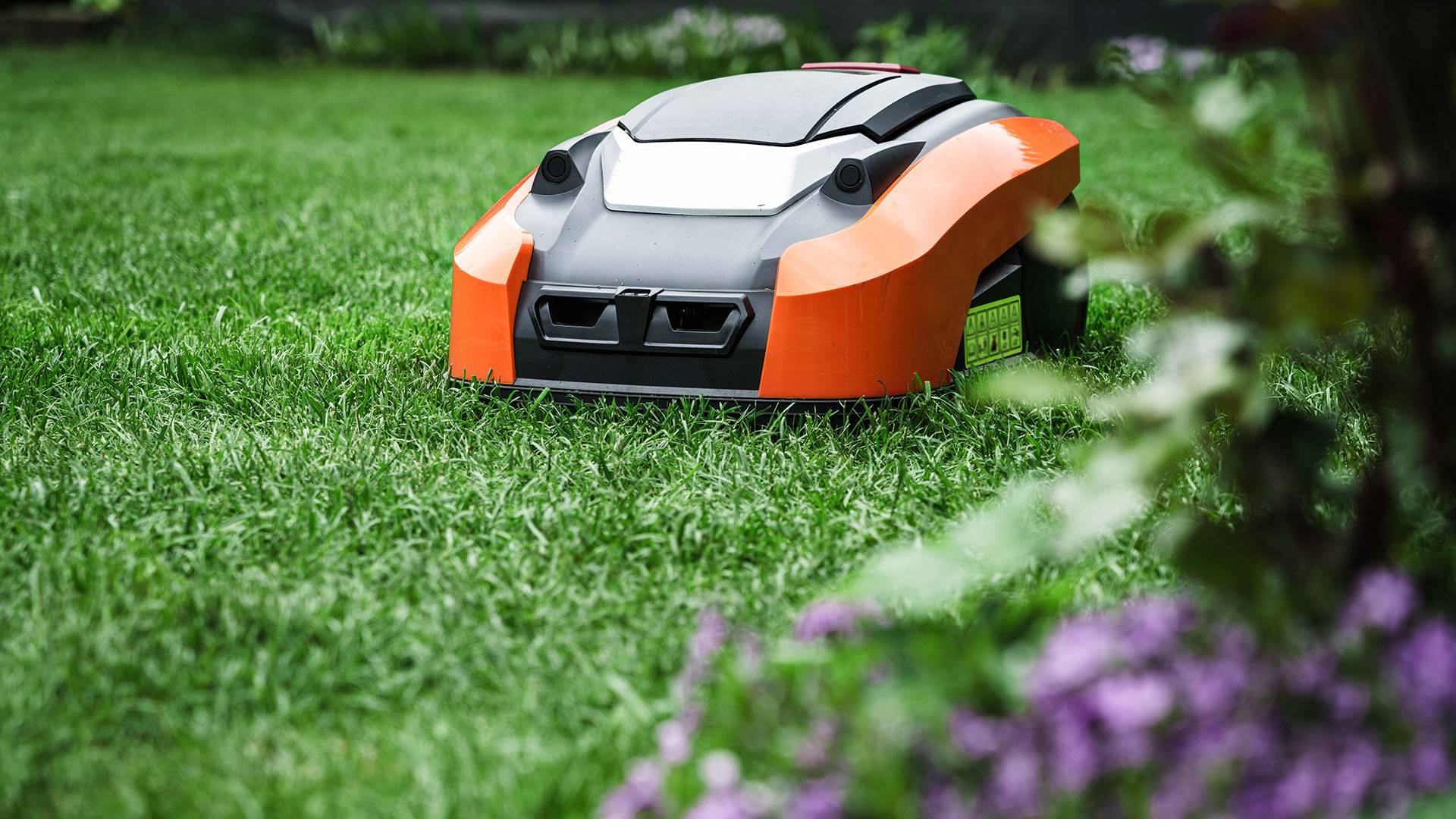
By contrast push mowers are designed to be operated manually, and the powered roller can be used to create nice striped patterns in the lawn.
Adam told Top Ten Reviews: "The operator can also easily adjust the mower height while cutting to adapt to the lawn conditions, which would be very complex to program in a robotic mower. The mower can be manipulated to achieve a nice quality finish around a strimmed edge."
But Adam says: "One main disadvantage though is that a conventional lawn mower is likely to require more maintenance than a robotic one due to the number of parts that need regular servicing. I would recommend taking the machine to a qualified service centre to ensure it is maintained to the appropriate standard."
Verdict: If you like the idea of a stress-free mower, and have the budget, a robot is a great choice. Although bear in mind it won't give such a neat finish as a push lawn mower, and you might have to pick up grass clippings and use a trimmer to neaten up the edges. A push mower requires more physical effort and time, but creates a neater appearance.
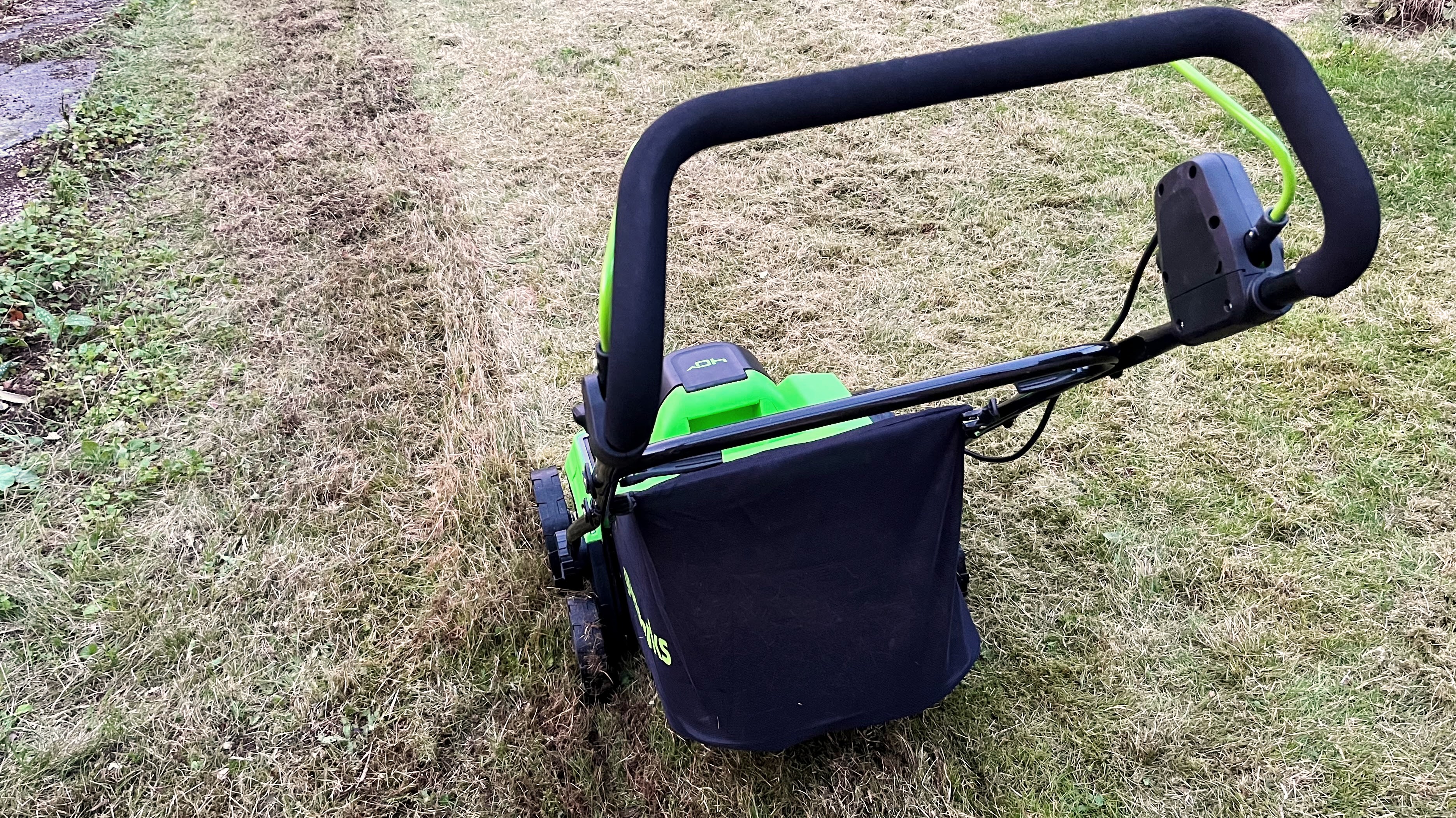
Robot vs push lawn mowers: Performance
In terms of performance, both types of mower can deliver a neat cut, says Lucie, but robot machines can handle irregularly shaped lawns more efficiently.
"Traditional push lawn mowers use either gas or electric power. Gas-powered mowers have been around for decades and operate using a combustion engine that powers the blades. They are more powerful and can cover larger yards more quickly. However, they’re also loud and emit as much greenhouse gases as a car," explains Lucie.

Lucie Bradley is a greenhouse and gardening expert at Two Wests & Elliott, where she has been working since 1997. Now co-owner of the gardening and greenhouse establishment, Lucie enjoys helping gardeners both amateur and professional with queries and recommendations around the ever-evolving gardening world.
"Electric lawnmowers run on either cordless battery power or an extension cord plugged into an electrical outlet. Battery-powered cordless electric mowers are becoming increasingly popular because of their convenience. Yet, they may be limited to smaller yards and can struggle to produce as powerful a cut as petrol-powered mowers."
"Electric mowers are much quieter than gas-powered ones and don’t produce greenhouse gas emissions when operating, making them more eco-friendly."
Verdict: When it comes to performance, both machines deliver well, however robot mowers are more eco-friendly, quieter and time-efficient. Push mowers are louder, more damaging to the environment but tend to be more powerful overall.
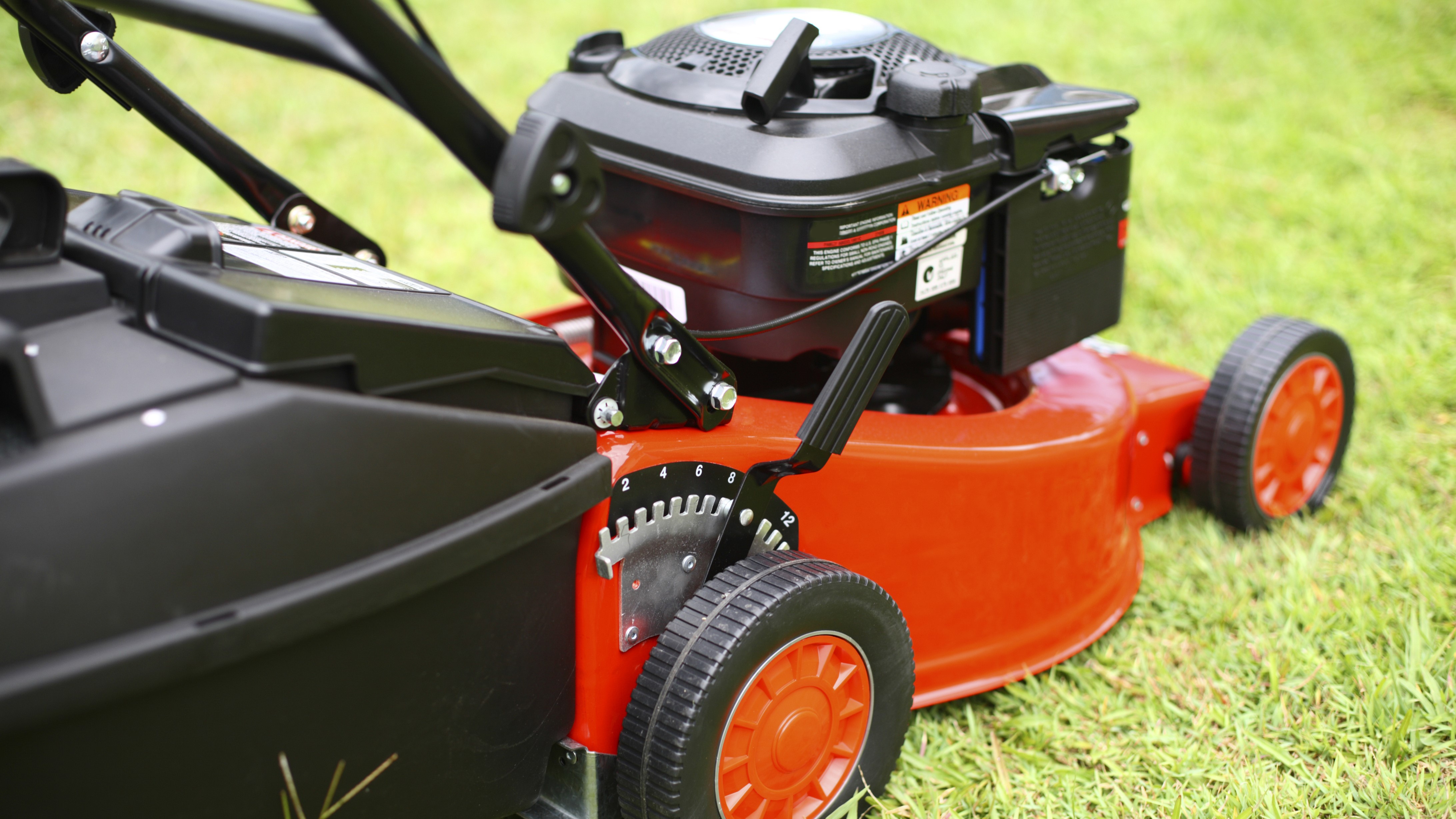
Robot vs push lawn mowers: Care & Maintenance
They tend to be more expensive, but robot mowers require less energy and very little care and maintenance, so you won’t spend as much time or money keeping them running. However, they can take a long time to cut large yards.
Adam says: "There's also no more worrying about refilling the gas tank or buying new blades, filters, and spark plugs, making them much cheaper to maintain than traditional mowers."
All they need is a few minutes getting set up and configuring to your lawn, a little charging and some basic servicing tasks.
By contrast, push mowers need a lot more TLC, especially if they break down and you're trying to work out why your lawn mower is not starting. They have many moving parts that need regular servicing and replacing.
Related: 8 mistakes to avoid when buying a robot lawn mower
Verdict: If no-fuss maintenance is a priority, a robot mower is the best option. Apart from set up and charging it needs very little work to maintain. A push lawn mower on the other hand requires regular servicing and parts replacing, which can be costly and time-consuming.
Robot vs push lawn mowers: Price
Another key factor to consider in the debate between robot vs push lawn mowers is the difference in cost.
Lucie told Top Ten Reviews: "Generally, robot mowers tend to be pricier due to their advanced technology. Push mowers, especially manual ones, are usually more budget-friendly."
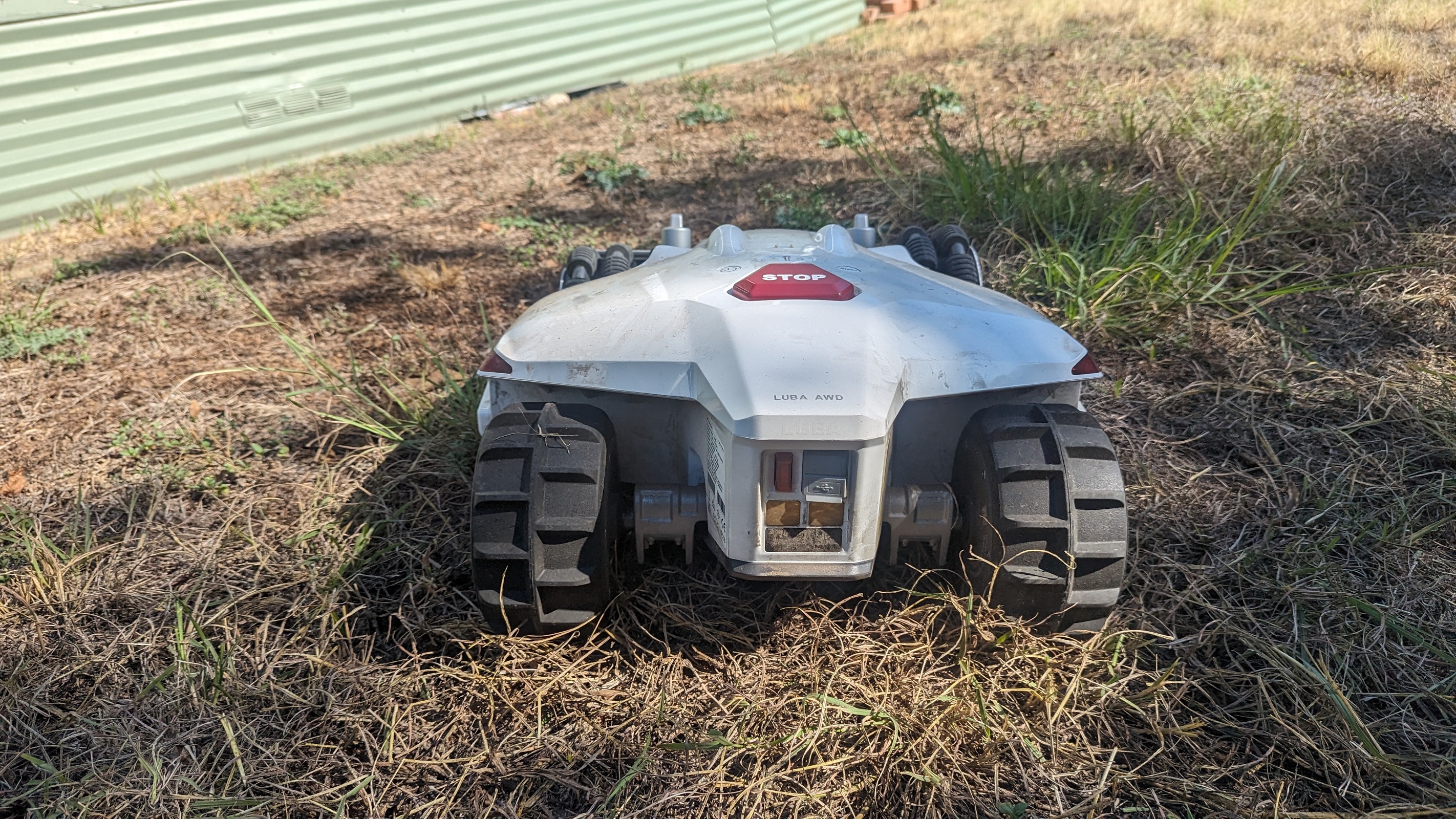
Prices for a robot mower start from around $500 for a budget model like the OWLMOW with GPS, $599 from Amazon, a mid-range machine like the Sunseeker L22 Plus robot mower will set you back $1279 from Amazonor for a premium mower the Husqvarna Automower 310 is a solid choice, offering great performance ($2284).
By contrast, a push mower can cost as little as $50-100 for the Litheli ($186.99 from Amazon), going up to $1000+ for professional standard, self-powered machines, like the EGO Power+ 21-inch Self-Propelled Lawn Mower($1047 from Amazon).
Verdict: As with most machines, the more you spend the more advanced features you can expect. If you're on a budget, a push lawn mower is the cheaper option. However if you want a time-saving machine, a robot machine is a good option. As Adam explains: "Clearly the main benefit of this type of machine is the convenience it provides - you can sit back as the mower does all the hard work!"
Robot vs push lawn mowers: Our verdict
If you value your free time, hate doing manual labor, care about the environment and have the budget, a robot mower could be the best investment for you. If you have a lawn with a lot of slopes and obstacles however, a traditional push mower might be more suitable.
"Robot mowers are excellent for smaller, irregularly shaped lawns," recommends Lucie.
If you like a smart finish and a machine that collects the grass clippings for you as you go, a push mower is the better option. "Push mowers, especially gas-powered ones, are better suited for larger, more expansive lawns where their power and manoeuvrability shine," she says.
In summary, robot mowers are convenient and time-saving, but more expensive and less accurate. Push mowers produce a cleaner finish, but require more effort and energy. They also lead a lot of maintenance and servicing, but tend to be cheaper.
Lucie says: "Push mowers are reliable, cost-effective, and good exercise. They come in various types to suit different needs. However, they require physical effort, can be noisy, especially gas-powered ones, and might struggle with larger lawns."
Adam tells Top Ten Reviews: "The key point though is that every lawn is unique. The best approach would be to consult with a lawn care professional before making a significant investment in mowing equipment."
